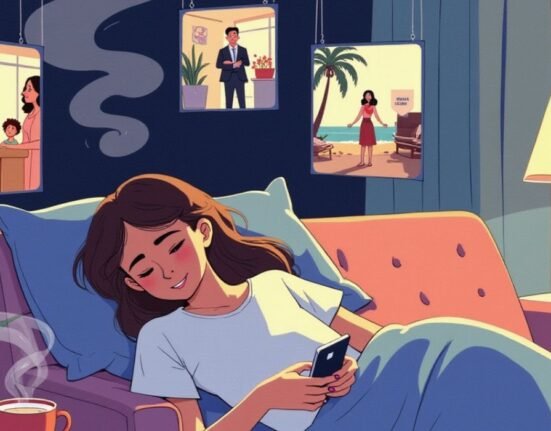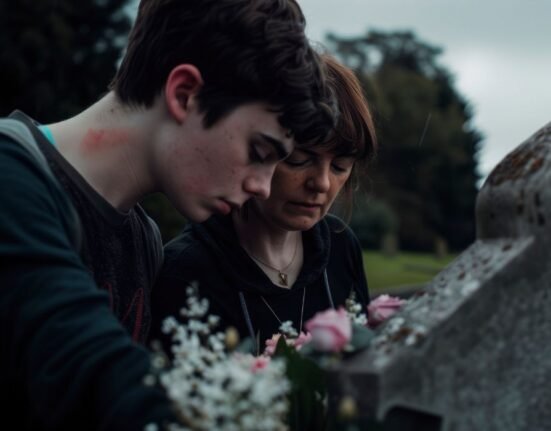Creativity is the ability to produce novel and original work that could range from ideas, techniques, thoughts, theories, and art, to other useful products. In other words, an individual can come up with new ideas or use objects or information in new ways.
Read More: How Dreams Promote Creativity? Researcher
Characteristics of creative thinking
It is usually associated with divergent thinking and involves four characteristics.
- Flexibility: the ability to produce diverse ideas, adding variety to the thinking process
- Fluency: the ability to produce many ideas for the problem or task that the individual is experiencing.
- Elaboration: the ability to explain the idea in depth, and to provide a detailed background and implications for the same
- Originality: the ability to come up with new ideas by connecting pre-existing concepts in unusual, rare and undiscovered ways
Theories on creativity
Types of Creativity
According to Kaufman et al (2014), creativity can be categorized into four types.
- “Big-C” involves the production of creative works and ideas that are often lauded by others. This type of creative thought often leads to breakthroughs and innovation in the respective fields and goes on to facilitate the advancement of knowledge and outcomes in the global population.
- “Pro-C” involves creative thought in professional settings. Individuals high on this type of creativity express and come up with new ideas. However, they are not recognized much for the same.
- “Mini-C” involves insights and ideas that hold personal value and meaning to the individual alone.
- “Little-C” extends beyond the previous type and helps in solving personal problems.
1. Componential model of creativity
Amabile (1996) presented a componential model of creativity that took into account the interaction of several different factors. Task motivation, creativity-relevant skills, and domain-relevant skills were identified as three key components. Specific elements are required for each component, and their realization depends on other elements. For instance, to possess domain-relevant skills, a person must possess the knowledge, technical proficiency and unique abilities necessary for the domain.
These attributes depend on a person’s intrinsic cognitive, motor and perceptual abilities as well as their formal and informal education. This model also posits that these skills must pass through the five stages of creativity namely problem or task identification, preparation, response generation, response validation and the outcome (Thomson & Jaque, 2016).
2. Ecological systems model of creativity
The ecological systems model of creativity development identifies four stages of creativity. The first stage, or the preparation, refers to collecting related information and organizing it into schematic patterns. The second stage or the incubation stage, includes analyzing and synthesizing the information in the schema. The third stage, or the insight stage, is where the individual finds connections between information in the schema and forms a creative product. The last stage or the evaluation stage, is when the individual uses the product and validates its originality and value (Yeh, 2011).
Benefits of Creativity
Tapping into your creative energy has numerous benefits for your overall health. Some of these benefits are as follows:
- Increases appreciation for the world: Being creative makes a person more open-minded. As a result, they look for things that are positive and useful. This in turn increases their appreciation for the opportunities and experiences they have.
- Reduces mental illness: Research has shown that engaging in creative activities reduces depression and isolation. Studies also show that creativity can help people diagnosed with dementia sharpen their senses and tap back into their personalities.
- Increased happiness: Engaging in creative activities helps us get into a state of flow. Experiencing this state floods the brain with dopamine, the “feel good” chemical. This, in turn, motivates you to engage more frequently in similar behaviours, thereby creating a cycle of happiness through creative pursuits.
- Developing good relationships: When individuals engage in creative activities in a group, they tend to develop communication skills and other tendencies such as emotional intelligence, empathy, language and interaction. This helps them become better individuals and develop stronger, more positive relationships.
- Boosts immune system: Although there is unclear scientific understanding about how it boosts the immune system, it has been observed that creative writing increases CD4+ lymphocyte count. Further, engaging in creative activities has also been found to increase the adaptability of the immune system to new environments.
- Uses functions of both the hemispheres of the brain: Park et al (2016) discussed fMRI studies examining neural correlates of it. Creativity, or divergent thinking, is said to emerge as a result of the dynamic interactions between the left and right hemispheres. This evidence supports the parallel processing of the brain in the frontal cortical regions, thereby refuting the conventional fact that it emerges from the activity of the right hemisphere alone.
How can you improve your creativity?
Having read the advantages of creativity, here are some methods to improve it:
- To begin the process of improving creativity, decide to commit to creativity.
- Develop a routine and build the necessary discipline to be creative.
- Become more curious about the world around you.
- Whenever possible, try taking an alternative angle on the situation.
- Step outside of your comfort zone and push yourself so that you can advance your skills.
- Try techniques of creative thinking such as the six hats technique.
- Be patient and reward yourself when you notice that your curiosity is growing!
In conclusion, the ability to be creative is a necessary skill for the future. It involves imagining new ways to see and feel existence and allows oneself to view ordinary and mundane life from different perspectives.
Read More Articles from Psychologs:
Hard or soft skills : Which one You Prefer?
Do Life Skills Matter for Mental Well-Being?
Empathy vs Sympathy: Understanding the Difference
References +
- Amabile. T.M. (1996). Creativity in context: Update to “The Social Psychology of Creativity”. Westview Press.
- Verywell Mind. https://www.verywellmind.com/what-is-creativity-p2-3986725#citation-1
- https://www.verywellmind.com/how-to-boost-your-creativity-2795046
- https://www.psychologytoday.com/intl/blog/social-lights/202210/the-importance-of-creativity
- https://doi.org/10.3389/fpsyg.2021.582083
- https://doi.org/10.1111/jopy.12156
- https://www.nhsfife.org/services/all-services/child-and-adolescent-mental-health-service-camhs/things-to-try/creativity/
- https://doi.org/10.12779%2Fdnd.2016.15.4.110
- https://www.psychologytoday.com/gb/basics/creativity
- https://www.forbes.com/sites/ashleystahl/2018/07/25/heres-how-creativity-actually-improves-your-health/
- https://doi.org/10.3390/ijerph18147244
- https://doi.org/10.1016/B978-0-12-375038-9.00183-7.













Leave feedback about this